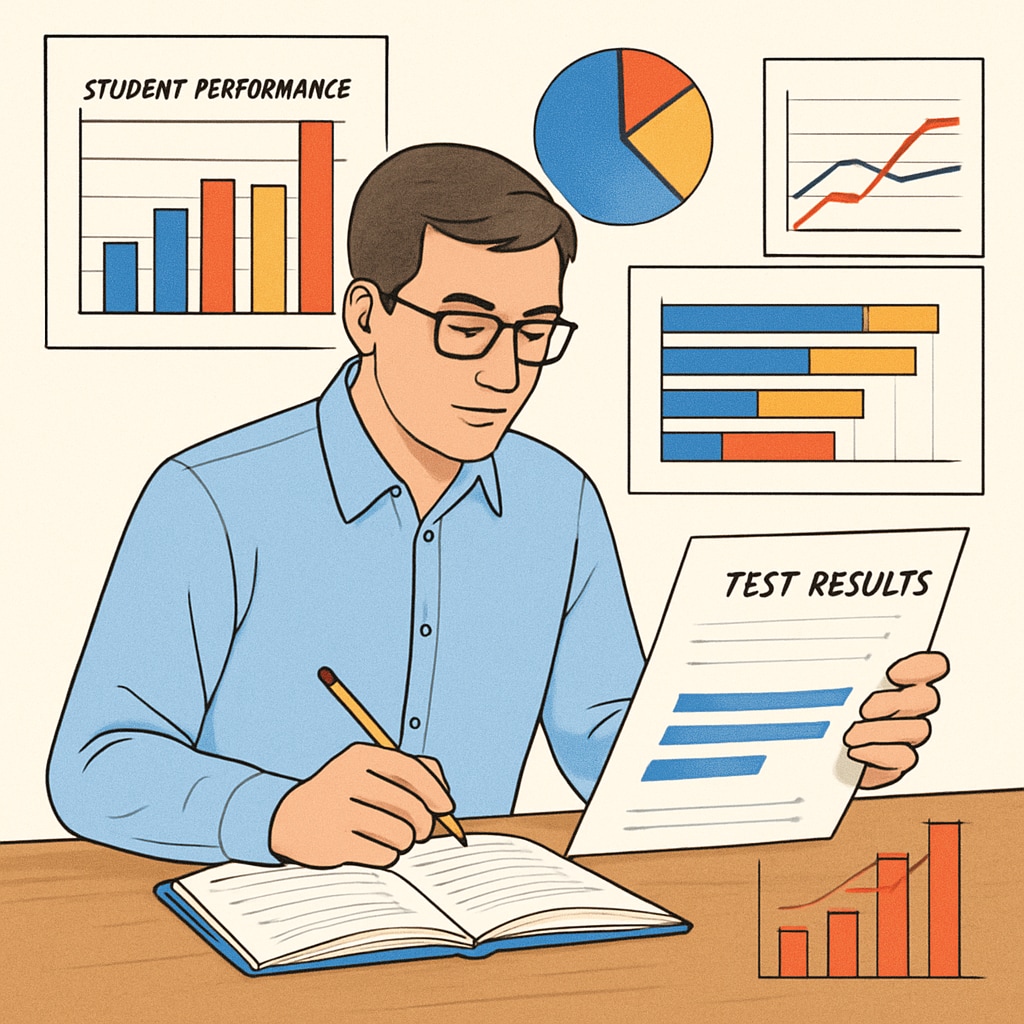In K12 education, identifying and utilizing high-quality test resources play a pivotal role in ensuring precise student assessment and effective teaching strategies. With the right tools, educators can evaluate students’ learning progress comprehensively and adapt their methods accordingly. But what defines a high-quality test resource, and where can educators find these valuable tools? Let’s embark on a treasure hunt for the best educational resources that can empower both teachers and students alike.
What Makes a Test Resource High-Quality?
Not all test resources are created equal. High-quality materials share certain characteristics that make them effective in assessing student learning. Here are the key attributes:
- Aligned with Curriculum Standards: The resource should align with national, state, or school-specific standards to ensure it measures relevant skills and knowledge.
- Adaptability: High-quality tests should cater to diverse learning needs and levels, providing options for differentiation.
- Reliability and Validity: The test results should consistently reflect students’ abilities accurately.
- Engaging and Clear: The design and language should be student-friendly and free from ambiguity.
- Actionable Insights: Effective resources provide detailed feedback to guide teachers in refining their strategies.

Where to Find High-Quality Test Resources
Numerous avenues exist for educators seeking high-quality test resources. Here are some of the most reliable options:
- Educational Websites: Platforms like Khan Academy and Edutopia offer extensive test materials tailored to various grade levels and subjects.
- Professional Organizations: Groups such as the National Council of Teachers of Mathematics (NCTM) or the International Literacy Association (ILA) provide specialized assessments.
- Open Educational Resources (OER): Free resources like those on OER Commons make high-quality tests accessible to all.
- Collaboration with Colleagues: Networking with other educators can uncover unique and effective testing strategies.
- EdTech Tools: Applications such as Quizlet, Kahoot!, and Google Forms offer customizable test creation options.
Integrating Test Resources into Classroom Practice
Finding a resource is just the beginning; integrating it effectively into classroom practice is crucial. Here are some tips:
- Start Small: Pilot the resource with a small group before implementing it across the board.
- Combine with Formative Assessments: Use the tests alongside regular quizzes and in-class activities to build a well-rounded picture of student progress.
- Analyze Results Collaboratively: Share test outcomes with students and involve them in discussions about their strengths and areas for improvement.
- Iterate and Improve: Regularly review and refine the testing process based on feedback and outcomes.

The Future of Test Resources in Education
As technology advances, the future of test resources in K12 education looks promising. Adaptive learning systems, AI-driven assessments, and gamified tests are transforming the way we evaluate student performance. These innovations not only make assessments more engaging but also offer personalized insights that were previously unattainable.
In conclusion, high-quality test resources are indispensable for student success and teacher effectiveness. By understanding their characteristics, knowing where to find them, and integrating them thoughtfully, educators can unlock the true potential of precise evaluation in K12 education.
Readability guidance: This article uses short paragraphs, lists, and a mix of examples and actionable tips to maintain engagement and clarity. Transition words ensure smooth flow, while technical terms are briefly explained where needed.


